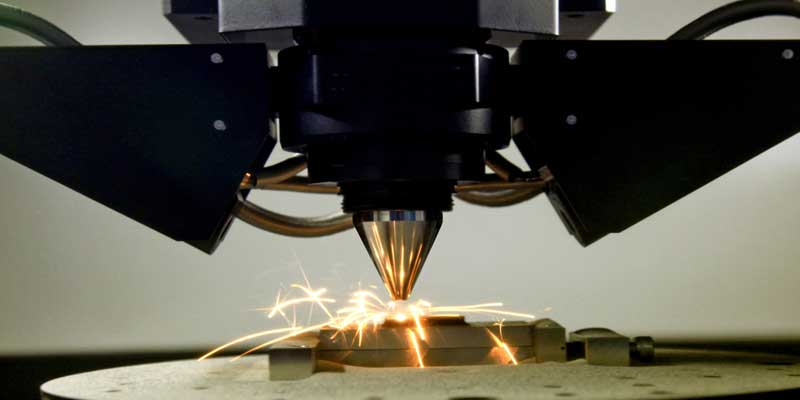Schedule a Call Back
Flexo technology has best prospects for the future
 Interviews
Interviews- Nov 01,17

Related Stories
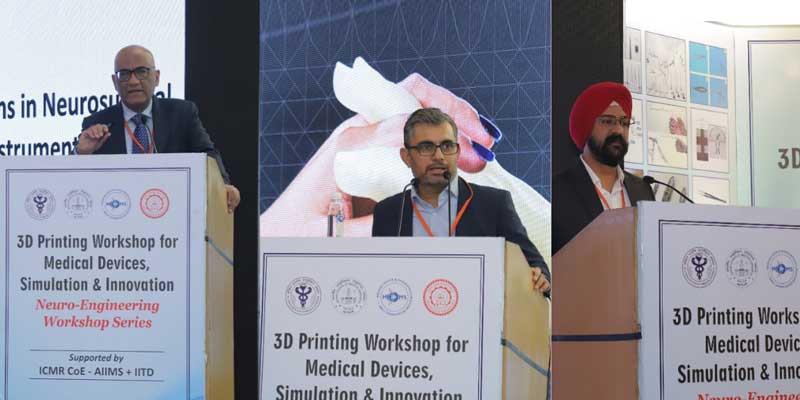
Altem organises 3D printing workshop for innovations in medicine and healthcare
The workshop offered a diverse lineup of sessions focusing on 3D printing applications in surgical education, neurosurgery, orthopaedics, and biomedical engineering.
Read more
Amace printed India’s emblem on the Pragyan rover: Dr Vishwas R Puttige
Our primary goal is to continuously enhance the productivity and usability of our machines.
Read more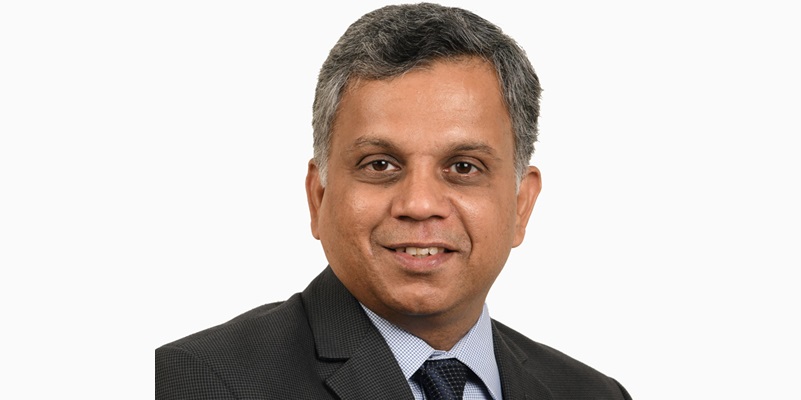
Fully automated 3D metal printing systems- the next breakthrough: Yathiraj Kasal
We take pride in collaborating on numerous success stories with our valued customers, one of which is the AM PS4 engine for ISRO's LPSC unit.
Read moreRelated Products
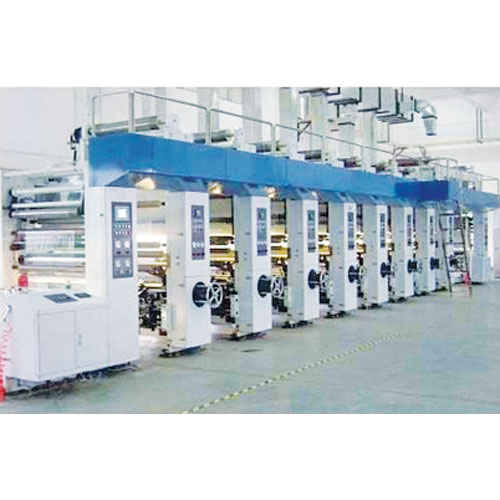
Gravure Printing Machine
Mohindra Engineering Company manufactures gravure printing machines.
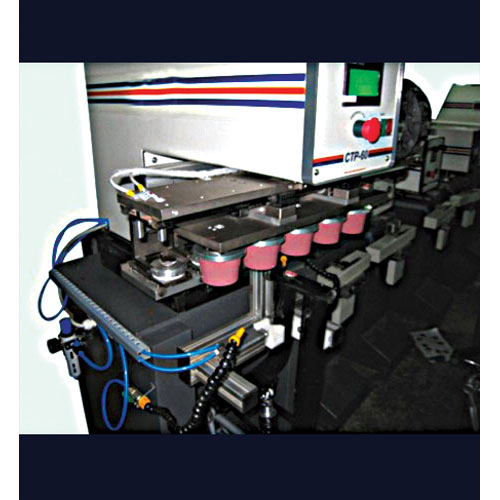
5 Colour Pad Printers
Converge Transprint Systems Pvt Ltd offers a superior quality range of 5-colour pad printers. Read more
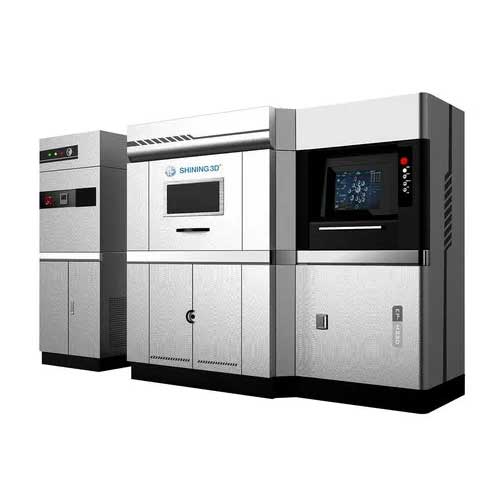
EP-M250 Slm 3D Printer
Lodestar Innovations Private Limited offers a wide range of EP-M250 SLM 3D printer.




